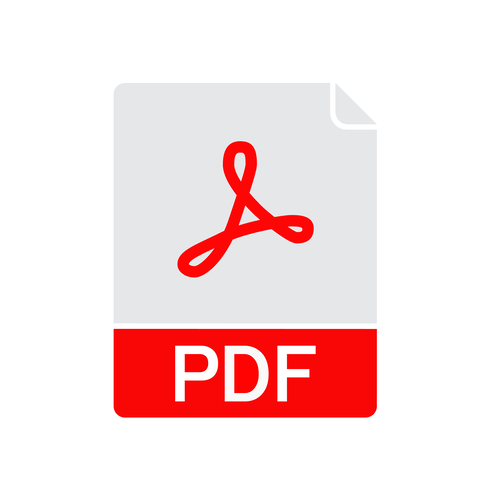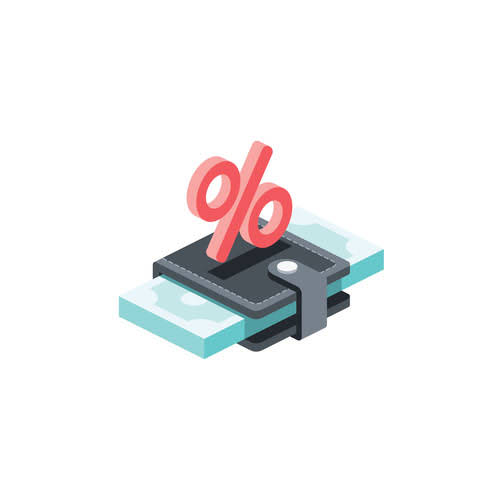
If, on the other hand, the costs outweigh the benefits, then a company may want to rethink the decision or project. With the cost and benefit figures in hand, it’s time to perform the analysis. This involves concisely summarizing the costs, benefits, net impact, and how the findings support the original purpose of the analysis.
Cost-benefit analysis: 5 steps to make better choices
Finally, compare alternatives based on these analyses to make a well-informed recommendation. To make a fair comparison in your analysis, you need to consider the present value of future costs and benefits. This involves using a discount rate that is based on the idea that today’s money is more valuable than the same amount in the future. The discount rate takes into account the opportunity cost of capital (money you could make if you used your funds elsewhere) or the expected rate of return. Cost-benefit analysis (CBA) is a valuable tool that provides several benefits. It enables systematic decision-making by allowing decision-makers to compare the costs and benefits of different options in an objective manner.

Future Directions for Cost-Benefit Analysis and Practice
The purpose of performing a cost-benefit analysis is to evaluate whether or not the project or decision is worth pursuing from a business perspective. Cost-benefit analysis is a technique in business and economics, that guides decision-makers through the complex terrain of evaluating projects and strategic choices. At its heart, CBA involves a meticulous comparison of the aggregate expected costs and benefits of each option. CBA evaluation is used in a variety of settings to inform decision-making, including public policy, business, healthcare, and environmental programs. For example, in public policy, CBA evaluation may be used to evaluate the cost-effectiveness of a new public works project or to compare the costs and benefits of different social welfare programs.
- This step is crucial; missing something here can skew your entire analysis.
- The decision to upgrade software systems in a small business presents a classic case for cost-benefit analysis.
- Whatever the case – zone in on the main purpose of the cost-benefit analysis to help maintain focus throughout the process.
- A BCR greater than 1.0 indicates that the project’s benefits exceed its costs, suggesting it’s a financially viable option.
- While a desire to make a profit drives most companies, there are other, non-monetary reasons an organization might decide to pursue a project or decision.
- Evaluating opportunity cost can make the decision-making process more comprehensive and effective.
- Direct costs to expanding production are readily apparent, for example, the cost of the new factory and additional labor costs.
Cost-benefit analysis: Steps
This approach computes the present worth of future cash flows by adjusting them to today’s value and subtracting the initial investment. It assists in establishing the total profitability of a project or decision, offering a precise depiction of the project’s worth in current dollar terms. This analysis can be expanded by considering the total benefits and total costs (direct, indirect, intangible and the main goal of using a cost-benefit analysis is to reach a opportunity). This way, a company has a more comprehensive look at whether the investment is value-additive or value-destructive. In this stage, the project manager or analyst performing the cost-benefit analysis will need to determine both explicit and implicit benefits. Explicit benefits require future assumptions about market conditions, sales volumes, customer demand, and product expectations.
Step 3: Quantifying Costs and Benefits

The benefit-cost ratio (BCR) is a numeric comparison that aligns a project’s complete benefits with its total costs. It aids in gauging a project’s efficiency by quantifying the relationship between its benefits and costs. Once all cash flows are calculated, the cash flows are then discounted at the opportunity cost, usually WACC, or some other hurdle rate, to obtain the NPV of an action. An intangible cost is difficult to measure but may be something like a decrease in productivity when the new factory first begins production. Opportunity costs are typically included as a discount rate or cost of capital (in other words, what would cash earn if it was invested elsewhere instead of the new factory). Any time a company considers making an investment, a cost-benefit analysis should be performed.
Gather Accurate Data
After working out your comparison, it’s also worth revisiting your framework in step one to make sure that the project is compatible with your goals and your strategy. That sounds really simple at first glance, but think hard about both lists. There are a few different kinds of costs and benefits, and they’re not always obvious. But if the costs of taking on a project like that were to outweigh the benefits, it’d mean you may want to rethink your involvement.

A cost-benefit analysis is primarily conducted via the Net Present Value (NPV) and the Benefit-Cost Ratio (BCR) methods. However, it is best to keep these estimates conservative as projections involve several assumptions about market conditions, consumer demand, and the state of the economy. Because all your Lucidchart documents are stored in the cloud, they can be accessed and updated in real time as new ideas are thought of and decisions are made. In spending money now to fund your project, you will lose potential income from interest if you were to invest the money instead. Sometimes, the most crucial factors are the ones you don’t see right away.
Identify and Categorize Costs and Benefits

A cost-benefit analysis can help you determine where to efficiently spend your money for the best potential returns on your investment. Be prepared to revise and update your analysis if there are significant changes in the project scope, economic conditions or available data. This ongoing revision ensures that the analysis remains https://www.bookstime.com/ aligned with current realities and can support dynamic decision making in a changing business landscape. Regular updates can also help in identifying new opportunities or risks that were not apparent in the initial analysis. Another potential limitation is that the cost-benefit analysis is not static—it may change over time.
To enrich your analysis, you can use other strategic tools like a supply and demand graph maker or a SWOT analysis tool. A CBA can be used regardless of the projects being mutually exclusive or not. Mutually exclusive choices require the forfeit of one or more other options.
- The main purpose of doing a cost-benefit analysis is to determine which projects should be undertaken.
- Incorrect estimates of future costs or benefits can result in faulty conclusions.
- We expect to offer our courses in additional languages in the future but, at this time, HBS Online can only be provided in English.
- The benefit of adding the new product line is $300,000, which represents increased sales.
- Sometimes, the most crucial factors are the ones you don’t see right away.
- Using a cost benefit analysis can help teams identify the highest and best return on an investment based on the cost, resources, and risk involved.
Create a free account to unlock this Template
Implicit benefits, such as the impact of increased employee satisfaction, may be difficult to quantify as there’s no straightforward formula to calculate the financial effect of happier workers. The first step in a cost-benefit analysis is understanding the current situation, identifying goals, and establishing a framework to define the project scope. For example, the purpose might be « to decide whether to expand to increase market share » or « to evaluate the benefits of overhauling the company website. » As with other business methods and strategies, the cost-benefit analysis process is a type of business intelligence tool.